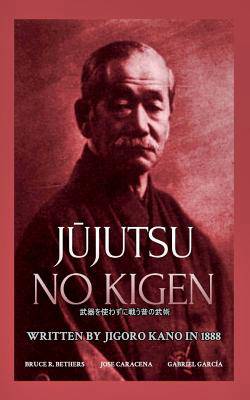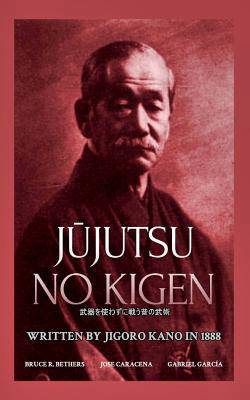
- Afhalen na 1 uur in een winkel met voorraad
- Gratis thuislevering in België vanaf € 30
- Ruim aanbod met 7 miljoen producten
- Afhalen na 1 uur in een winkel met voorraad
- Gratis thuislevering in België vanaf € 30
- Ruim aanbod met 7 miljoen producten
Zoeken
Omschrijving
On April 18, 1888, a fascinating document entitled "Jujutsu, the ancient samurai art of fighting without weapons" was held inside the British embassy in Japan. The material author was Professor Jigoro Kano, founder of Kodokan Judo. The Rev. Thomas Lindsay assisted Kano in the translation and described the Kano school in the last pages of the text. This document is of great interest to all researchers in the life of Jigoro Kano and especially to the analysts of the transition between the ancient bujutsu and the current budo. Given the date of the document (only 5 or 6 years after creating the Kodokan) we can clearly see the great work he did to thoroughly study the ancient schools of Jujutsu, including in the text some references to ancient books from China and Japan. Kano analyzes, among other issues, the origin and meaning of Jujutsu, names, describes and provides information about the most important schools at that time, resolves the possible conflict over the date and place of origin of Jujutsu and gives us some stories and anecdotes of famous masters of the koryu Jujutsu. AUTHORS: BRUCE R. BETHERS, JOSE CARACENA AND GABRIEL GARCÍA COLOR BOOK
Alleen bij Standaard Boekhandel
+ 52 punten op je klantenkaart van Standaard Boekhandel
Beoordelingen
We publiceren alleen reviews die voldoen aan de voorwaarden voor reviews. Bekijk onze voorwaarden voor reviews.












